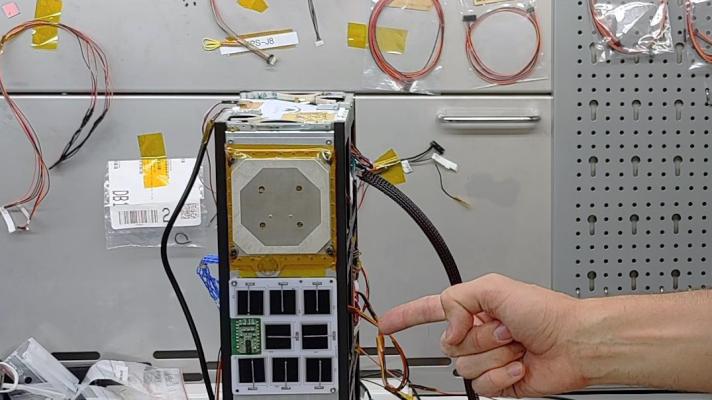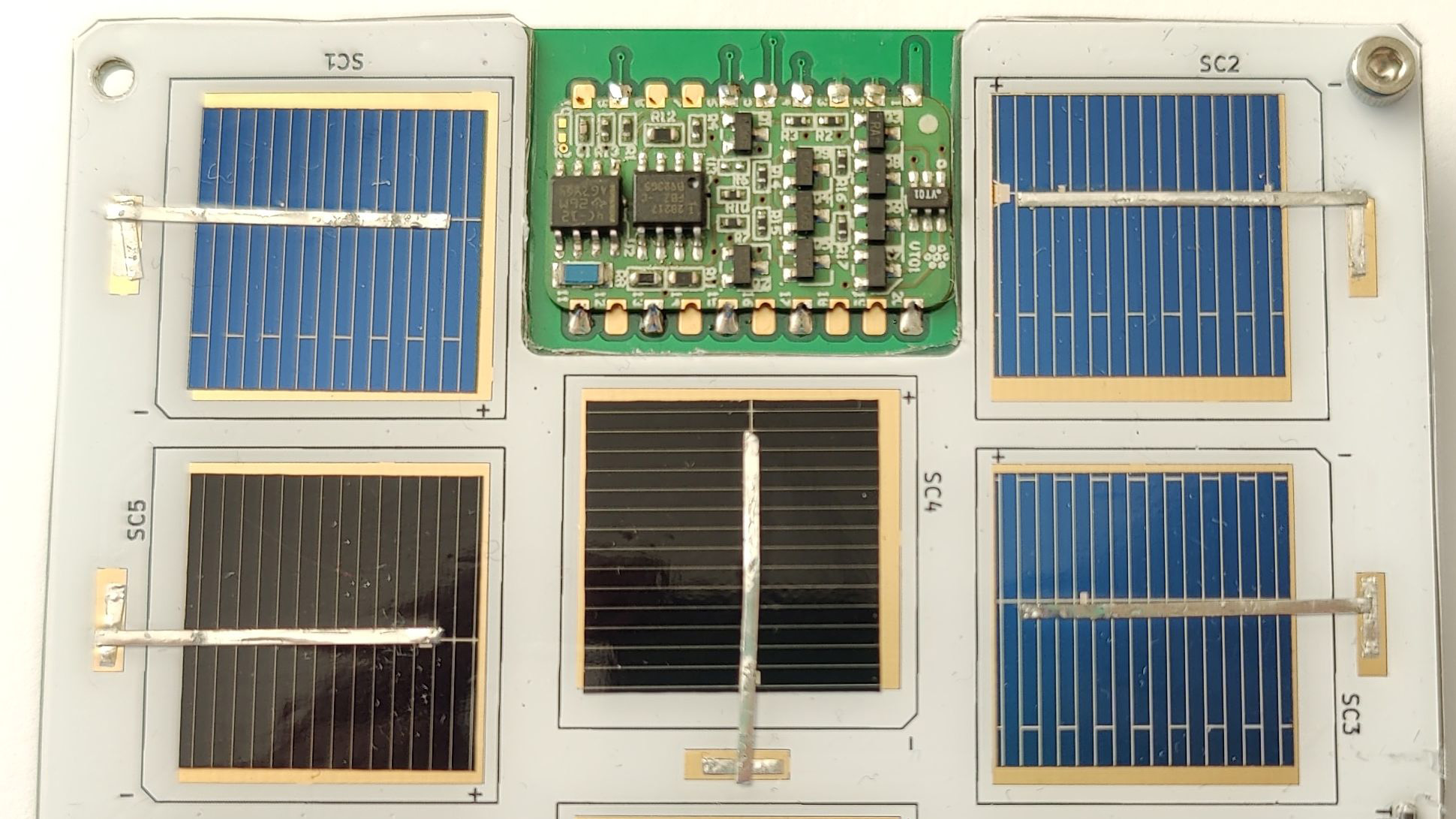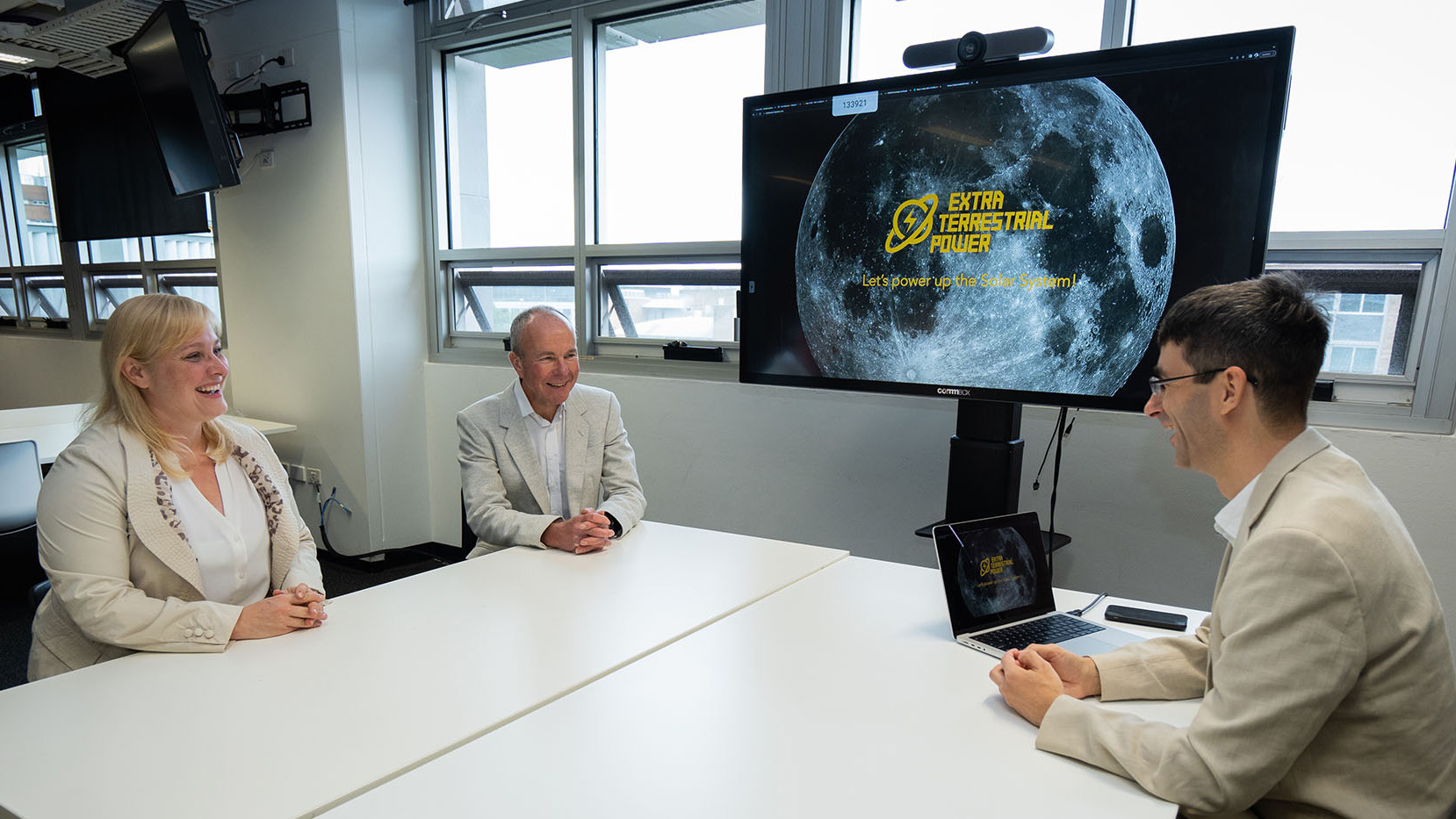While solar cells have powered satellites for decades, they’re not quite the money-saving solution we’re used to on Earth – but an Australian company is aiming to change that.
Sydney-based Extraterrestrial Power has developed a mass-manufacturable solar cell that it estimates to be ten times more affordable than current space solar cells.
This Australian Space Agency backed technology has great potential in an era of rapid satellite market growth, where space organisations are looking for new ways to optimise their missions with improved sustainability and lower costs.
Having tested its solar cell technology with spaceflights on Australian and international missions, Extraterrestrial Power is gearing up to manufacture solar cells for customers worldwide – and maybe one day build them in-situ on the Moon.
Reinventing the production process
Although the space industry’s use of solar power in the 1950s helped usher in the mainstream use of solar power on Earth that continues today, space solar cells are built quite differently to their terrestrial cousins.
Space-grade cells are reinforced from the ground up to withstand the extremes of orbit like radiation, temperature fluctuations, and vacuum environments. This is done through an expensive, low-volume manufacturing process, unlike how the solar cells you might find on your roof are made.
Peter Toth, CEO and co-founder of Extraterrestrial Power, says his company aims to close that gap – bringing space-grade rigour to the mass-produced method normally used to make terrestrial solar cells, with support from the Australian Space Agency’s Moon to Mars Supply Chain program.
“We are primarily focusing on utilising the large investments in terrestrial solar for space… this has tremendous value for space,” Peter says.
“Importantly, we are only utilising technologies which allow high throughput manufacturing… this enables satellites being manufactured in high volumes necessary for Low Earth Orbit constellations.”
Secret in the silicon
The main barrier that has prevented space solar cells being made via terrestrial production methods is their thickness.
The viability of terrestrial production methods relies on the silicon cells being relatively thin, and it’s previously proven impossible to design a thin cell that can survive space conditions.
However, Extraterrestrial Power has succeeded where other companies’ attempts have failed – thinning out space solar cells to a level where they can be mass-produced alongside terrestrial ones, while maintaining their space-grade efficiency and stability.
Power for the future of space
Extraterrestrial Power demonstrated its solar cells on board Caltech's space-based solar power experiment in 2023, which made history by wirelessly transmitting power in space and beaming it down to Earth for the first time.
That was followed in 2024 by a demonstration flight on Waratah Seed, a ride-share satellite mission supported by the NSW Government with a range of cutting-edge technologies on board.
These demonstrations have run parallel with the company’s efforts to develop and refine its manufacturing and testing processes in preparation to serve the commercial market.
And while his company is harnessing the strengths of terrestrial solar cell manufacturing to provide value in space, Peter says the technology can come full-circle to benefit the solar industry on Earth.
“Since thin solar cells use less materials, but we still need to maintain high efficiencies, they will have applications on Earth for lightweight usage initially – and wider uses later,” Peter says.
Another exciting possibility is manufacturing solar cells remotely out in space itself, harnessing in-situ resources such as lunar regolith (Moon soil), which can melt down into different metals.
Cells manufactured in-situ could power rovers, robotic systems, or even infrastructure for permanent human outposts in space – and Extraterrestrial Power already has this in sights, having declared its ambition to become ‘the electricity provider of the solar system’.
“For humanity to move forward and become truly spacefaring, it needs an abundance of power in space… and there is an abundance of sunshine in space,” Peter says.
“When founding Extraterrestrial Power, I long wanted to connect my passion for space and solar, which originally meant manufacturing solar panels on the Moon from local materials.”
“Supplying power to current satellites and constellations has taken the immediate priority… but that is still on the roadmap.”

State of the art: local satellites are taking off
Landmark moment as six satellites funded by state and territory governments are launched within a fortnight.
Credit for all images in this article: Extraterrestrial Power



